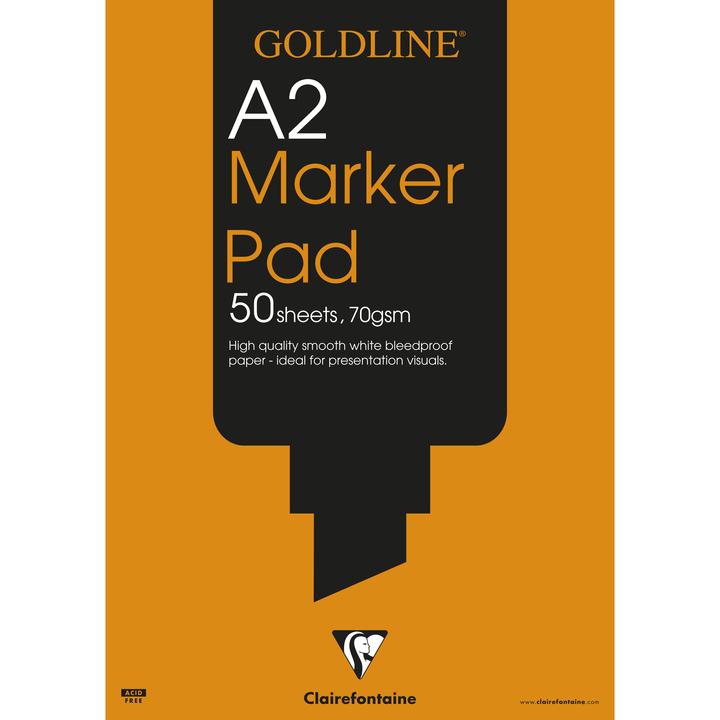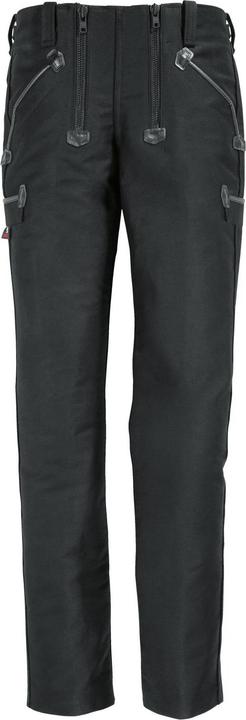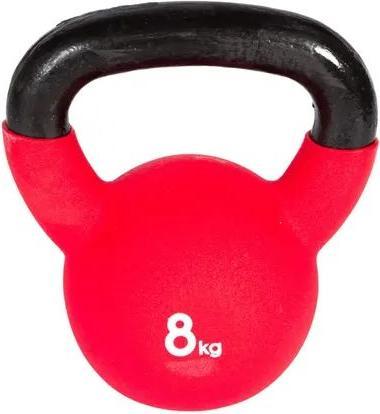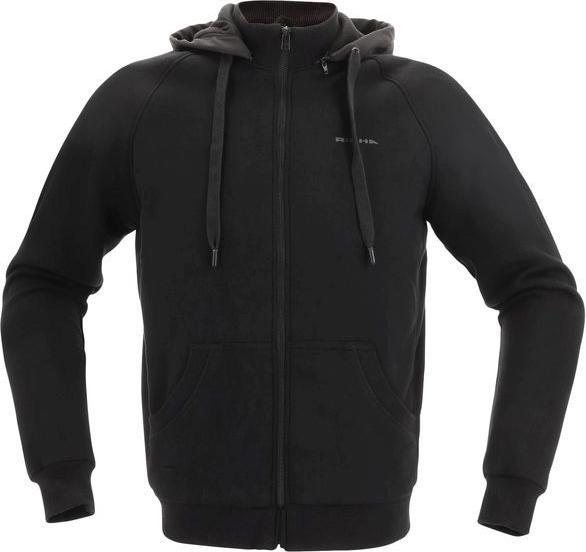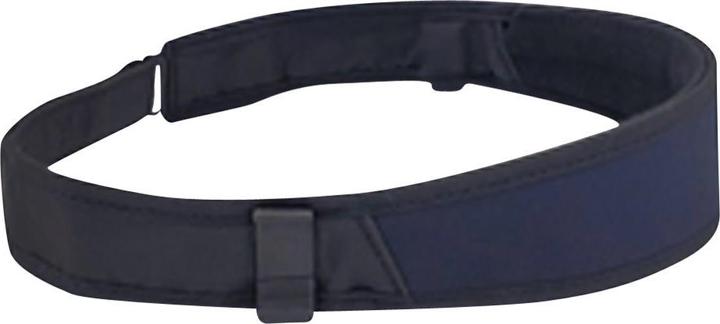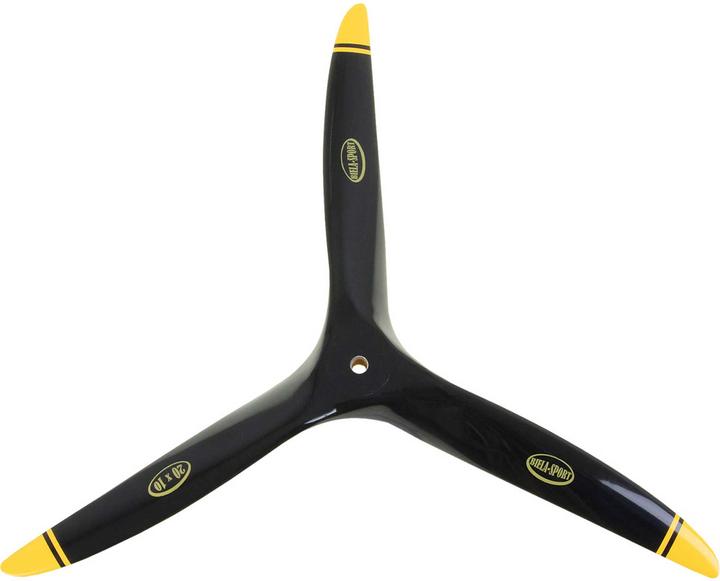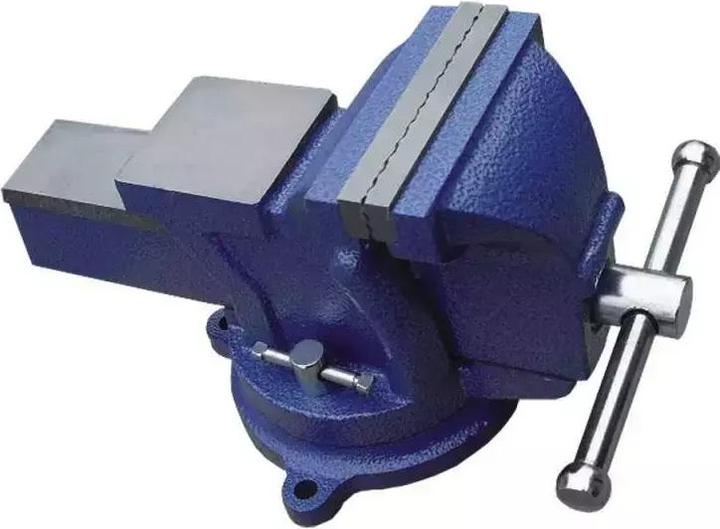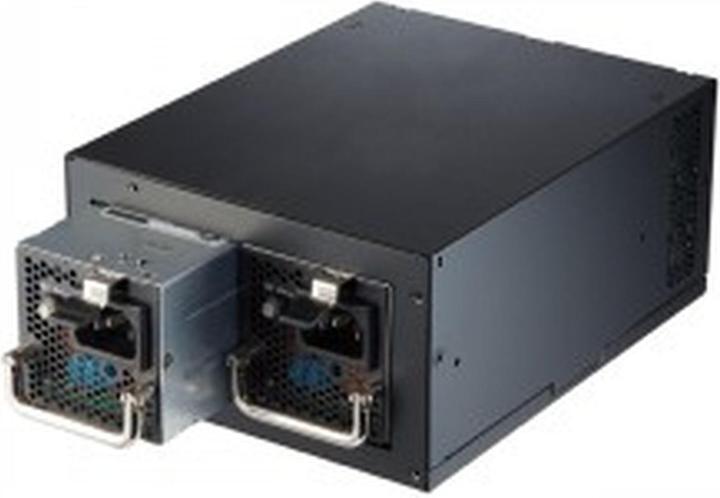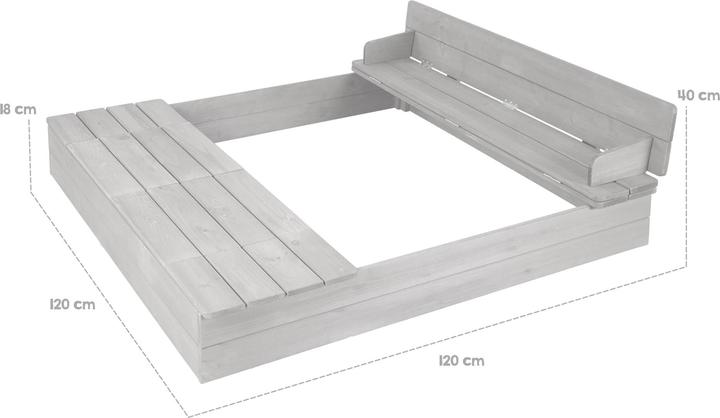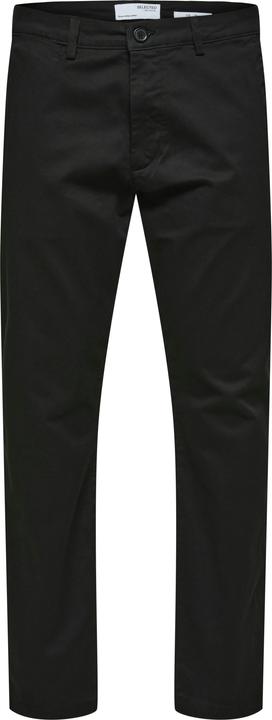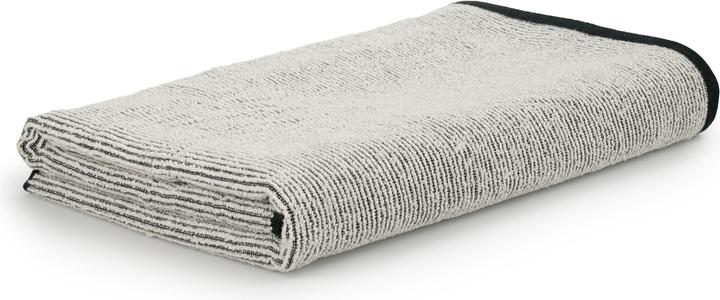
Siemens EQ700 integral TQ717D03

I always find it difficult to explain to my friends, family and sometimes even my work colleagues what I actually do as an interaction designer. I usually answer with a short "I design the website" - but that's only half the truth.
It's not only half the truth, it also doesn't correspond to all the topics that I and my colleagues at Digitec Galaxus deal with. Just as salespeople don't just sell and carers don't just care, I also do more than just push pixels around on the screen. My work is successful when it's not visible to you. Sounds strange? Let me try to explain it.
There are things in our everyday lives that you like. Because they look good, do their job uniquely well or because you have built up an emotional bond with them. The "user experience" can be defined as the overall experience you have when you use or interact with something. This something can be almost anything. In my professional field, the "user experience" is related to a technical device, software or a website.
We experience hundreds of such interactions every day, completely unconsciously. The hoover bag that only fits properly after the third attempt. The TV remote control with 127 buttons, even though you only ever need the same four buttons. The software that feels like it wants to update itself every seven minutes. Or the fancy Italian coffee machine that makes great espresso, but can only be cleaned after being completely dismantled.
Bad user experiences are frustrating and can lead to a dislike of things. On the other hand, we rarely pay attention to a good user experience. A product that doesn't need a user manual. Or the website that provides exactly the right information you were looking for. This much in advance: positive user experiences do not happen by chance, but are the result of a detailed design process.
With the increasing digitalisation of our environment, the discussion about what makes a good product and how to design a good product has become a lot more complex. This is because more and more digital devices are combining different functions. The best example is your smartphone: it is a computer, agenda, clock, alarm clock, compass, letterbox and perhaps even a heart rate monitor all in one.
Our two online shops have constantly evolved over the last few years and now offer you much more than just shopping for products: You can cancel orders independently and sell secondhand products. You can read magazine articles like this one and take part in discussions in the Community.
To make it all work, many processes run in the background that are not visible to you. Many specialists, from logisticians to software developers, are involved in ensuring that your ordered product arrives in your letterbox the next day. Interaction designers ensure that processes are optimally interlinked. None of this should be visible to you as a customer. It should simply work.
While we interaction designers focus primarily on the needs of the users, it is also important to consider the business and technological framework conditions. Finding the balance between these three poles is not always easy. This means that we have to discuss a lot, that we have to convince each other and communicate with each other. And now and again, we also have to discard a good idea.
Of course, we interaction designers also talk to each other: we do this in our guild, where we learn from each other's experiences. In the guild, we also find a common understanding of our mission. We consolidate our basic attitude that we respond to the needs of customers with understanding and empathy.
The basis for our work is the data on where and how customers browse our websites. We collect as much feedback as possible and analyse the shop data. We also talk to customer service about the most frequent enquiries and problems. Sometimes we invite customers to interviews and try out new ideas directly with them.
Until recently, we tested a new feature on the product pages with some of the visitors to our online shops. The feature is now available to everyone: You may have already noticed the small block with the product information. It appears automatically as soon as you scroll down the page.
Why are we doing this? We know from our research that many users have several windows open in their browser at the same time when they are interested in a product. Usually from different suppliers. With very similar products, such as a mobile phone or a notebook, it is easy to lose orientation. Which browser tab am I currently on? Which product was that again?
With the compact bar at the top of the product page, you won't lose your bearings even when you're in the specifications of a product. It is intended to serve as a bookmark as you navigate your way through the shopping jungle. It is not yet clear whether we will finally integrate this feature into the shop. The measurements are ongoing.
A second example is the revised search and search results page. We know that search is an important entry point for many users. With the constantly growing range, it is becoming increasingly important. In recent months, we have worked intensively on improving the search function. Visually, we have simplified and enlarged the search field.
For a few weeks now, you can see at a glance whether there is a product, an article or an entry from the Community for your search term or whether we offer a help page for the topic. Correction suggestions are now displayed if you make a typing error. We have also completely restructured the search results page.
These changes were preceded by a research phase: We analysed search queries and tested our ideas with real users. This enabled us to significantly improve the search visually and in terms of content. The search is now not only faster but also smarter. But it still has a long way to go.
We are always on the lookout for users who are interested in the further development of our shops and would like to support us. Does this article make you want to take part in user studies or interviews and test new ideas in Switzerland's largest online shop? Then register now using the link below. We are looking for all kinds of users, from hardcore shoppers to digital newcomers.
I like to create things that are fun to use and fix broken systems through design.
News about features in our shop, information from marketing and logistics, and much more.
Show all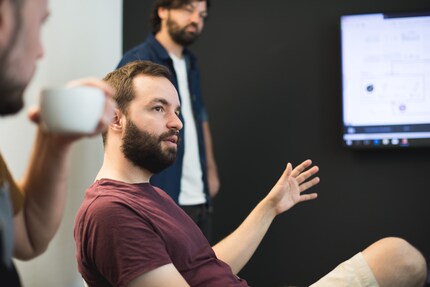
Today, it's less and less about just designing the outer form of a product, but also how we use it, interact with it and what emotional relationship we build with it. Good design has the task of making technology accessible and understandable for everyone. This is what we interaction designers are committed to. [[pullquote:«Interaction designers examine the behaviour and motivation of users with the aim of creating better experiences. Because good products don't need instructions for use.»]]
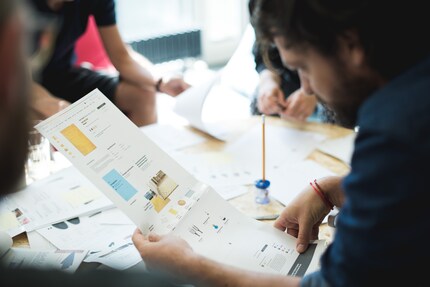
We Interaction Designers do not form our own team. We are integrated into various development teams where people from different professions work together on the same task. Team "Rocket" with ten members, for example, deals with all topics related to the Community. Backend engineers, frontend engineers, business analysts, product owners and interaction designers work together to improve existing functions or implement new ideas. The various experts contribute to the optimal solution.
This means that we put our own attitudes, preferences and opinions in the background. The customer is at the centre. At what moment do they need what information to make a purchase decision? When do they want to be inspired, where do they need motivation, reassurance or confirmation? A challenge, especially as there is no such thing as "the customer". I think it's fortunate that so many different people shop with us. That doesn't make my job easy, but it makes it all the more exciting.
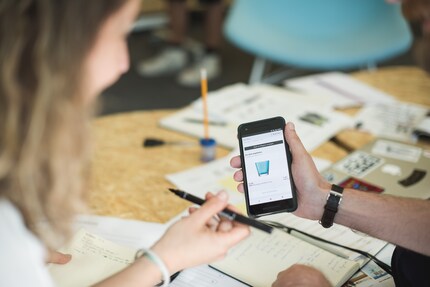

Siemens EQ700 integral TQ717D03
20 products are on offer, but who will buy them at the lowest price? Only the first to bid will win.
